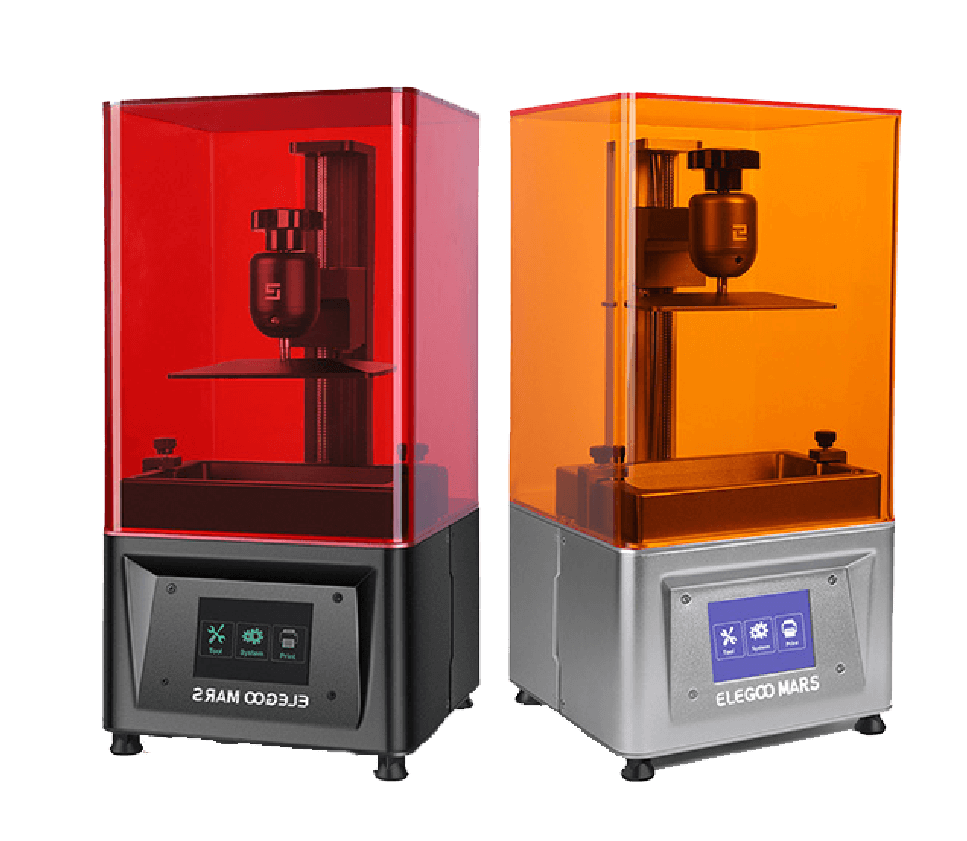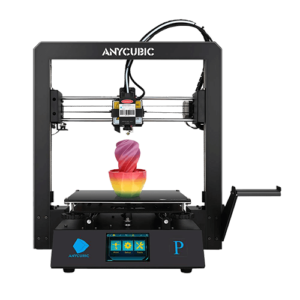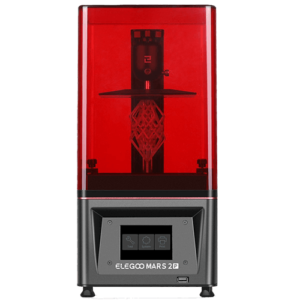
ELEGOO Mars 2 PRO
9.3/10
The best value small form factor resin printer currently on the market
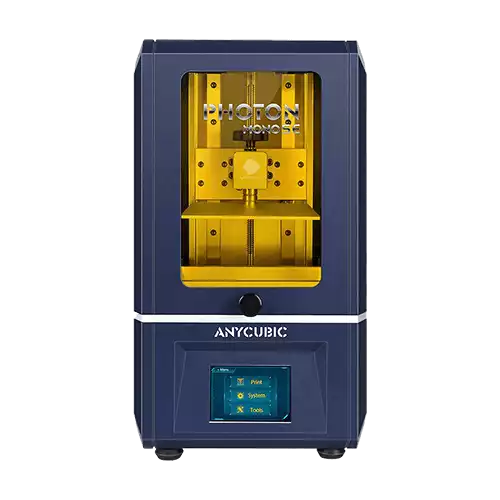
Anycubic Photon Mono SE
9.2/10
One of the most refined and polished small form factor resin printers out
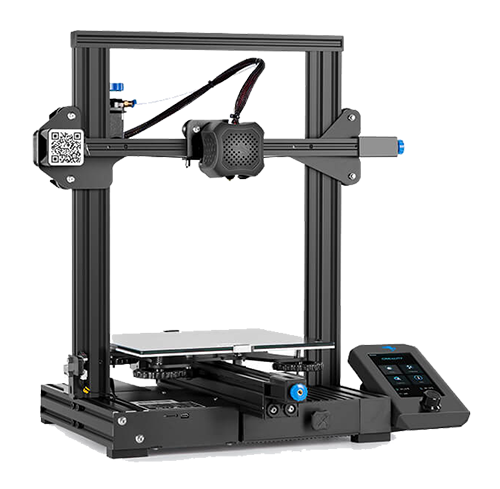
Creality Ender 3 V2
8.6/10
The Creality Ender 3 V2 is the ideal entry into 3D printing for little money
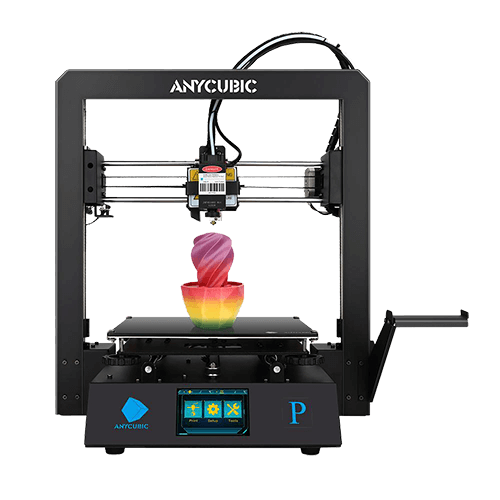
Anycubic Mega Pro
7.8/10
Anycubic Mega Pro creatively combines 3D printing with laser engraving
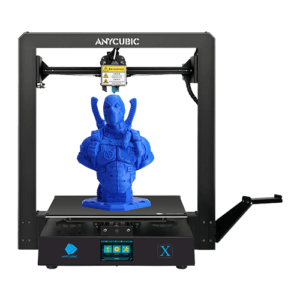
Anycubic Mega X
7.7/10
The Mega X convinces with a decent out of box printing appearance and print quality

